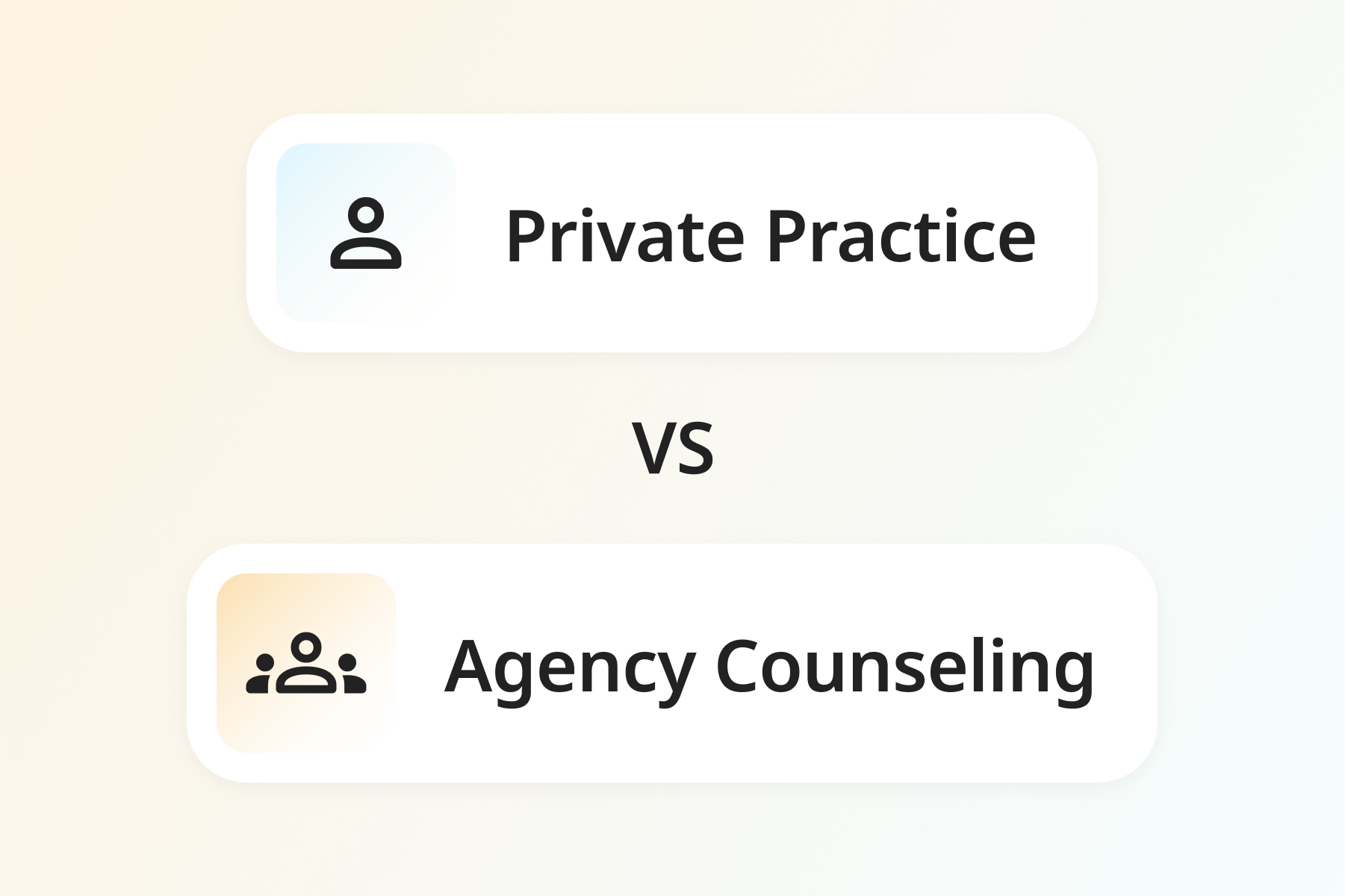
You’ve finally done it! You’re seeing your first client in your new private practice, relishing the smell of fresh paint and admiring the healthy plants you’ve put by the window.
Your new client says, “Would you like me to sign a release for the records from my old therapist in Chicago?”
“Yes!” you reply, before realizing in horror that you don’t possess such a form!
New Client Intake Paperwork
In addition to the plants and paint, you’ve realized a pressing need for a prodigious pile of private practice paperwork.
Here is a list of what I consider to be the essentials to have on hand:
- Treatment Permission Form: this goes by various names, but includes the “rules of the road” for your work together.
Include information like your no-show/late cancellation fees, your duty-to-warn obligations, your fees, the newly required total cost of treatment estimates for full-fee clients, and emergency contact information (or at least an admonition to call 911 in case of a an acute threat to life, health, or property).
If you are treating a minor, include information on the limits to confidentiality in that situation. - Other information that may be included in this form, such as:
- Insurance claim form statements–one for release of information necessary to process claims, and another for assignment of benefits to the therapist
- Permission to keep credit card information securely on file, and to use this information to charge for no-shows or late cancellations
- A note that a decision about ending treatment should be discussed in a therapy session–not by just failing to show up one day
- HIPAA Information Form: You are required by federal law to convey some standard information about HIPAA to your clients at the beginning of treatment. Some include this information in the treatment permission form mentioned above. Others have it as a separate form, and just include a statement on the permission form acknowledging receipt of the HIPAA information form.
- Biographical Information Form: It is much more efficient to ask about a client’s history and current status in a form than in person. However, curiously, clients may be more forthcoming with potentially embarrassing information via a form than in person. To facilitate this disclosure, make sure you include a statement about the confidentiality of this information at the top of the form, e.g. that the information will be viewed only by you, not by your office staff.
- Release of Information form: This is useful not only to get records from prior therapists, but also to confer with other healthcare professionals on an ongoing basis. Examples might be a psychiatrist that is helping with meds, a physician that is treating a chronic illness, or a marital therapist who is seeing your client as part of a couple.
When ongoing information exchange is appropriate, make sure to include a clause mentioning this, and giving a cutoff date for such information exchange (required in some jurisdictions). Don’t be surprised if you get nothing back from the other professional; in my experience, only about half of the releases I’ve mailed to other therapists produce any response whatsoever. But it is a good idea to document that you at least tried to provide continuity of care.
If creating all these forms from scratch seems like a daunting task, it’s because it is a daunting task! Fortunately, you don’t have to reinvent the wheel. Two alternatives are available:
- Ask a local colleague if you can have a copy of their forms to modify for your own practice. They will have thought of some verbiage that may not have occurred to you. Forms can seem pretty impersonal, the exact opposite of the first impression you are trying to convey. See how they have handled the challenge of keeping a friendly tone in the forms.
- Use practice management software that includes a free template library (like TherapyAppointment). Some practice management software will provide a library of forms for you to modify and use in your practice (like this adult adhd self-report scale), and they can all be sent electronically, signed via e-signature, returned electronically, and filed in the client’s electronic chart–all automatically! This is a huge time-saver, and a great way to save a few trees. It also allows you to have the forms completed before the first session–a legal requirement for some of the forms in some situations.
-



.jpg)

